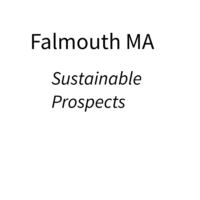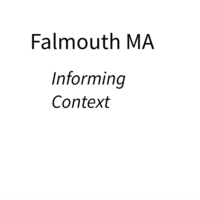This week we considered the power of persuasion conveyed through the photographic image and we were asked to consider a world without photography ‘Try to imagine, if only for a moment, what your intellectual, political and ethical world would be like if you had never seen a photograph’ (Linfield, 2010, p.46). This could a world where information is communicated verbally or via the written word. The message might be lost either due the the fact the author does not have the vocabulary to communicate the observed events of our ability to comprehend that meaning is not sufficient. Photography is we consider the image as authentic as expressed by Szarkowski “The first thing the photographer learned was that photography dealt with the actual” (Szarkowski, 1966, p.8) and most people adopt a similar point of that the facts recorded in the image are real. However that meaning can vary depending upon which moment the photograph is recorded however in our modern highly visual world our time to consume and discern the meaning within the image is reduced. For me this reduces the likelihood that a single image alone will have sufficient impact to sway public opinion compared to the 1970s when the number of visual communication channels was still relatively limited. Today if that image is show on via multiple media outlets or we see many similar images in s short period time we are more likely to process its mean and change our position. Based on this understanding if there is a visual message I want to convey I either need to communicate via multiple channels or be part of a collective of photographers recording those events. There of course exceptions to this rule if a photograph is associated with a reputable photographer such as Sabasitao Salagado we are more likely to question it’s meaning further and not require validation from other sources, which I would subscribe to the fact we look up to certain photographer who produce campaign images.
Personally I was more moved by the work of Nick Brandt in “Inherit the Dust” than Sebasitao Salagado’s work “Genesis” which are covering similar topics. I believe this is because Salagado’s images show a romantic view of the the planet almost timeless and we assume that this state will project forward into the future, even if we are aware via other sources that animals and habits are under threat. Brandt’s takes a different approach by placing the trace of the animal in the environment it used to inhabit before man imposed his will on the planet. When I first saw the images last year at PhotoLondon I knew Brandt’s images had more impact for me and through this week’s discussions I am now able to contextualise and subscribe meaning to my reaction to the two different bodies of work
Typically within my practice I stay away from social or political messaging however in the last few weeks during the photography interlude activities I have created images with social commentary maybe not to the scale of the bodies of work created by Brandt and Salgado but nevertheless they have a social context.
 The first image is one of two images I created for the “Family of Tomato Soup” photography interlude. This image uses the icons of drug addition to make viewer question if food can in fact induce the same level of addiction of a class A drug. I have emphasised that message by using the word’s used in Heinz own advertisements for their soups.
The first image is one of two images I created for the “Family of Tomato Soup” photography interlude. This image uses the icons of drug addition to make viewer question if food can in fact induce the same level of addiction of a class A drug. I have emphasised that message by using the word’s used in Heinz own advertisements for their soups.
The second image I considered was an image created for cats and dogs that deals with the fact the when we bred cats they are separated from their mother at an early age. Typically for pedigree cats this is 13 weeks of age. At this age an animal is still developing it’s social skills and in some cases this early separation can cause psychological issues for pets that we hold so dear within the concept of the extended family.
I feel I have developed a greater awareness that as a photography I have a responsibility to use my images with care and consideration and it has made me consider if more of my images could be used to make the viewer question their environment.
References
- Linfield, S., (2010),The Cruel Radiance: Photography & Political Violence Chicago: University of Chicago Press
- Szarkowski, J., (1966), The Photographers Eye, New York: Museum of Modern Art





